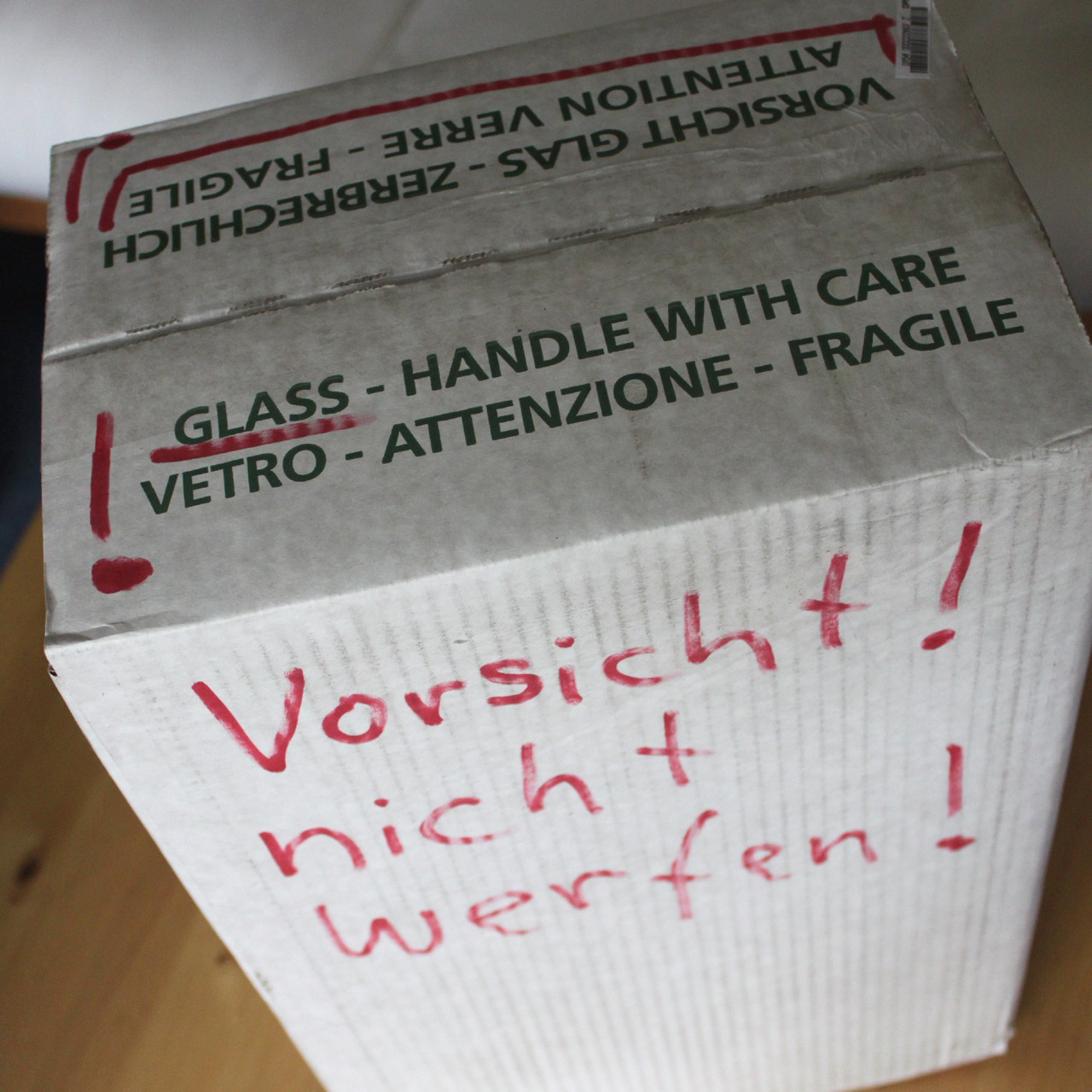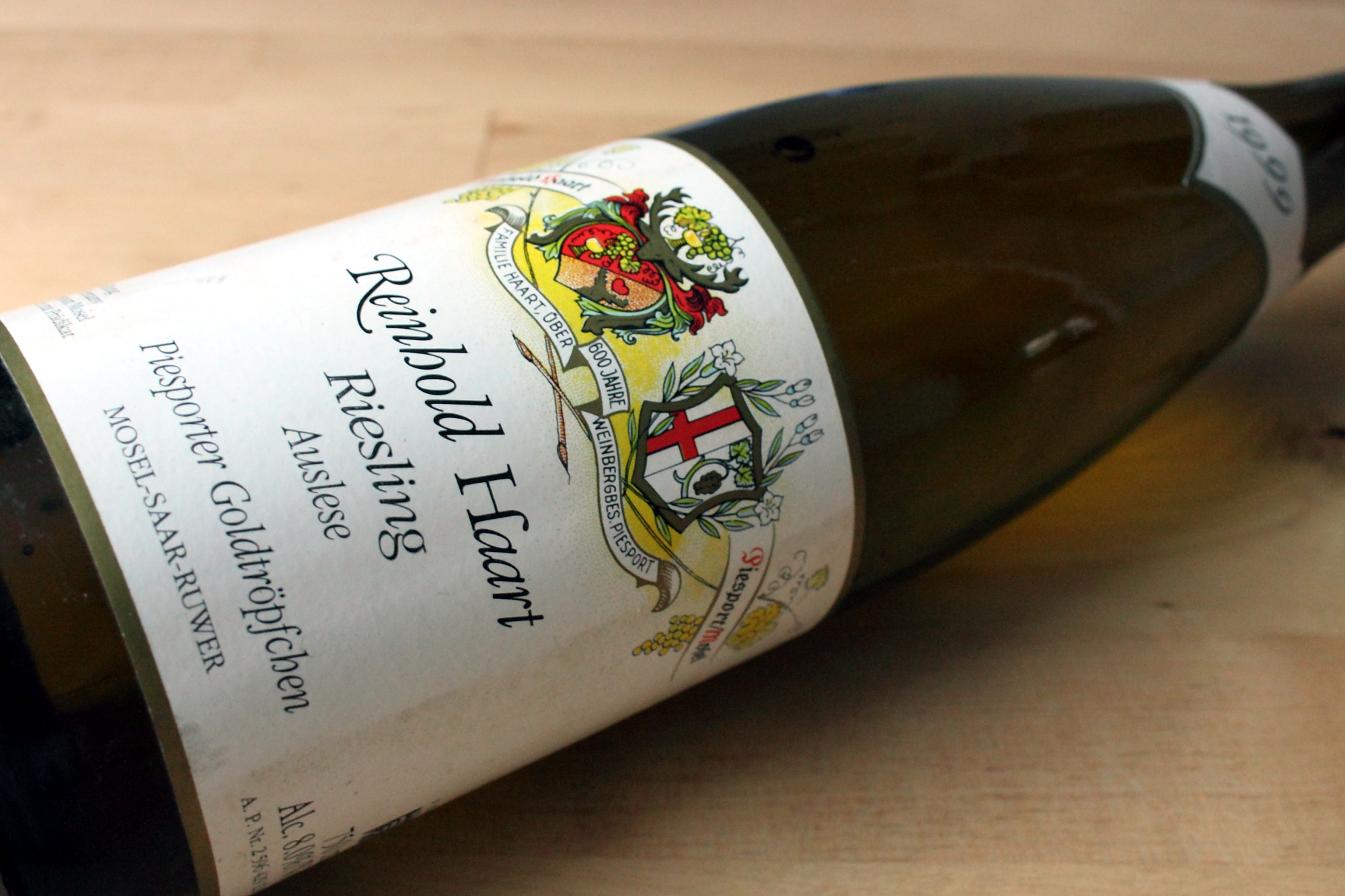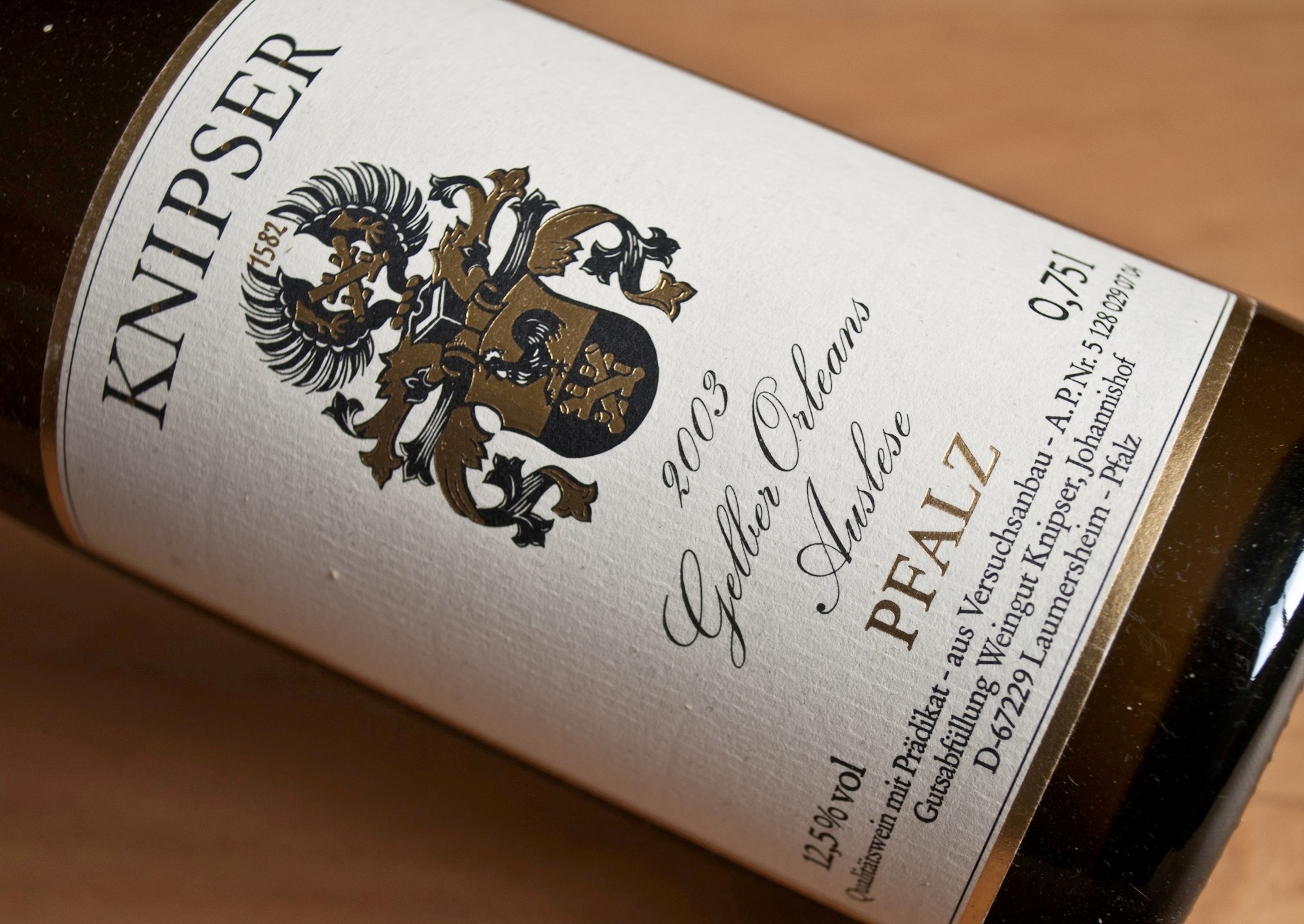Gulps of glory - our top five German wines of 2011
While sifting through the candidates for this year's Wine Rambler shortlist, we noticed hat we were less generous with top ratings in 2011 than previously, withholding our highest praise, "monumental", completely. Whether that means we are becoming more exacting in our critical standards or whether the truly stellar wines somehow passed us by and we had to make do with the enormously good we can't quite say. A bit of both, most probably.

As you may not want to take our word for it in every case (and indeed you shouldn't!), we have provided direct links to the wineries' websites for the adventurous among you to follow up, get into contact and inquire about distribution and availability. Almost all German wineries do their own shipping and are quite good at it. In case of deliveries to the UK, however, newly estranged from the European mainland, this will probably have to be arranged via the United Nations. Just joking. Needless to say, The Wine Rambler is entirely his own man, as it were, and not commercially associated with any wineries or merchants, although wines like the following sometimes can make us wish we were.
#5
And we begin in one of the world's unlikely places for great red wines. The Ahr river valley, north even of the Mosel. Since there is a tiny number of fervid connoisseurs lapping up the even tinier amount of top-end bottles produced, prices are generally prohibitively high. The Jakob Sebastian winery is among the notable exceptions, and their dry Auslese from old vines has reminded us, as if we needed reminding, just how good German Pinot Noir can be.

We liked the traditionalism of the winemaking, the purity of the fruit and the graceful maturity after five years of bottle ageing. A red that has no need of a built-up body to impress and delight - a handful of hawthorn berries and a piece of forest floor are all it takes.
#4
Our next pick won't wine us any prizes for originality: After all, Mosbacher is a received name in the Pfalz and beyond. Their great-growth dry Riesling from the Ungeheuer vineyard just happened to stand out among the many we got to taste this year, so we duly honour it:

With its exciting and complex, yet very focussed nose and the precise, sharp mineral orgy it unleashes on the palate, the Ungeheuer (Monster) embodies dry Riesling as it should be.
#3
Our third-ranking wine, in contrast, should come as a genuine surprise (it did to me). German Chardonnay? From the shores of Lake Constance? For god's sake! We had reported on Staatsweingut Meersburg, one of several state-owned wineries in Germany, before, but nothing prepared us for the disarming charms of their 2008 Chardonnay:

With a light touch and a sense of confident maturity, it brought together (among other things) flowers, yellow plum, baked banana, herbs and apples, thereby demonstrating all that can be charming and satisfying in an unoaked Chardonnay. And I don't even like Chardonnay.
#2
Our number two is, again, an old and trusty friend. Other sweet Mosel Rieslings may be more scorchingly mineral or more explosively fruity. But for balance, for harmony, for velvety grace, the Reinhold Haart winery of Piesport has, in our humble estimation, no equal. That is why it is amply represented both in a certain Munich cellar and in a certain London wardrobe.

The 1999 Piesporter Goldtröpfchen Auslese was vintage Haart. And it was also a vintage Haart: from paraffin and petroleum, via caramelised fruit and canned pineapple to mineral coolness, it walked the tightrope of Riesling excellence. In the end, it may have been that unexpected, yet delightful last goodbye of dry raspberry on the finish that did it for us.
#1
Is this the greatest white wine ever made? No, although it is pretty darn good. It is our champion wine this year because it's so wonderful that it exists. It is wonderful in itself, that is, that a nearly forgotten grape variety such as Gelber Orleans is still grown by people who believe in its potential. It is even more marvellous that these people, The Knipser brothers, happen to be among Germany's most capable winemakers. This was brought home to us with the full blast that is the 2003 Gelber Orleans Auslese. To do it justice, here's what happened to Mr. London Wine Rambler when he tasted it:

Let's start visually, with a wonderful and clear yellow colour that is the first promise of more exciting things to come. Next we put our noses into the Riedel glasses to find a bouquet that at first is a little reserved, but slowly opens up beyond the initial apple, apricot and waxiness to show more fruit (hints of citrus and pineapple, almost overripe peach), a hint of oak spice and slatey mineral. Subtle yet very promising.
When we tasted it, the initial impression was one of aged Riesling, sans petrol notes, with very juicy fruit, a hint of sweetness and really impressive acidity, all laid out on lots of mineral. Even though there is a lot going on on your tongue - almond, bitter orange marmalade and a certain oily quality should also been mentioned - the wine is focussed and well integrated. Tight but not heavy. The impressive finish exposes your gum to several layers of taste: juicy, peppery, lots of smoky (bacon) mineral with tingly lemon and fruit candy.
Happy new year to all our readers!

vineyards
you may add links to the exact position and outline of te vineyards. Ungeheuer as a example: http://weinlagen-info.de/#lage_id=1559